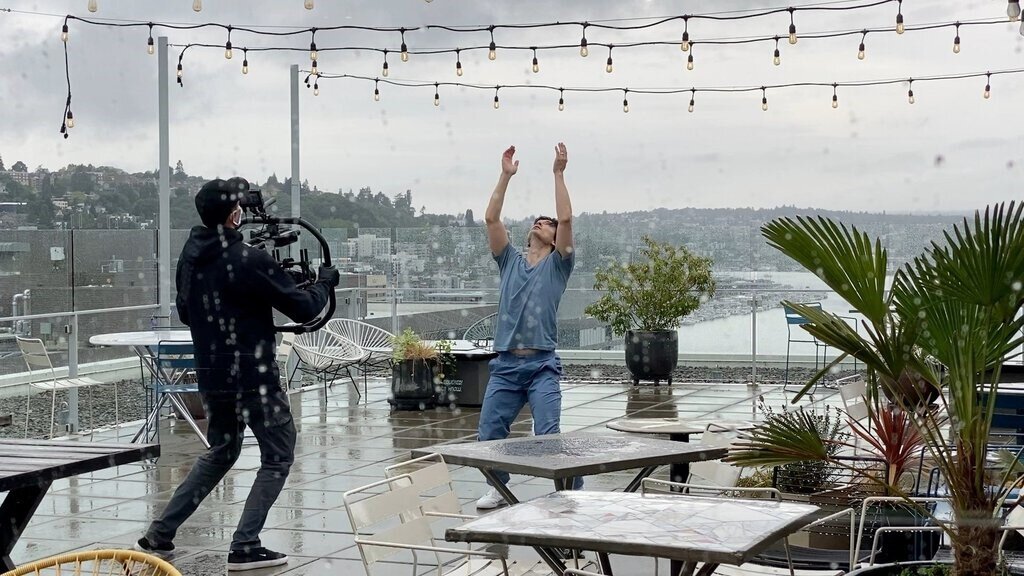As the entertainment and arts industries begin reopening, they face new challenges in light of COVID-19. Each industry is developing unique solutions to keep their audiences and staff safe. Part 3 of this series highlights the emerging trends and new protocols being implemented in the film and tv industries.
Social Distancing Strategies in the Arts: Performing Arts, Part 2 of 3
As arts institutions are in the midst of reopening plans, they are faced with new challenges as they seek to ensure the safety of their visitors, audiences, and staff in the COVID-19 era. The challenges and solutions differ depending on the industry, and whether it is a museum, performing arts institution, or film and television. Part 2 of this 3 part series explores the immerging reopening plans for the performing arts sector.
Social Distancing Strategies in the Arts: Museums, Part 1 of 3
With most major countries outside of the United States going through reopening procedures, social distancing strategies are being implemented to help stagnate or reduce the number of COVID infections. This 3 part series will highlight case studies for the Fine Arts, Theatre, Orchestra, Dance, and Movie Industries, showing measures that have been implemented or recommendations in place for each. Part 1 will focus on the museum space.
The Environment Surrounding Facial Recognition: Do the Benefits Outweigh Security Risks?
In the arts space, there has been varying responses to the potential uses and harms of facial recognition. On the positive end, artists such as Peter Shoukry have embraced how this technology can amplify an audience’s experience through interactivity with a piece. Beyond the creation of art, facial recognition has been used to aid in research. Yet, despite these projects that embrace facial recognition technology, there has been recognizable consumer backlash due to privacy worries.
Using a Crisis to Lean-In with Diversity & Inclusion
In the light of protests surrounding racial inequality and systematic racism stretching across varying U.S. industries, this lack of representation has been noted among the staff of art institutions as well. The hiring of diverse staff in the arts industry historically does not represent the breakdown of the average American audience, particularly in high-ranking roles.
5G Adoption at Your Arts Organization: Benefits and Considerations
The pandemic has advanced the discussion for a faster expansion of 5G, a new generation of the wireless network that is believed to revolutionize industries and facilitate the new remote work environment. What can the art world expect to gain from adopting this new generation of wireless network and how can it be most efficiently utilized to support the goals of each individual and organization? This research examines the potential implications and caveats of 5G adoption in the arts and cultural industry.
The Present & Future of Arts Organizations, Technology, and the Pandemic
As arts managers, we try to keep up with technology changes and upgrades. Adopting technology to support a mission and vision is critical, whether it is to serve an audience directly or make a workspace more efficient. Yet, even when the best strategies are put into place, life derails us, and even the strongest organizations are put to the test.
A Guide to Understanding Digital Network Interactions
The transition from physical to digital content is progressing unevenly in the United States, where those with advanced technology capabilities and capital are capturing a disparate share of the economic gains. Companies that are benefiting from these disparate gains in market share are also shaping the market to benefit their industry. The transition to digital content is important to understand as it is rapidly changing companies’ business models. This is particularly true for arts institutions in the post-Covid-19 era.
Sustainable Practices for Arts Organizations in the Era of 5G and IoT
When it comes to sustainable, environment-friendly business practices, arts organizations have more often been criticized for being on the opposite end. Arts Council England’s annual environmental report released earlier this year shows that museums generate 41% of the total carbon footprint despite making up only 8% of the total National Portfolio Organizations (NPO).
Technology Adoption: How Arts Managers Can Prepare for Change
Arts managers upgrade, adapt, and adopt to make their organization’s processes more efficient, sometimes with an end result to save time and money. If done improperly, technology adoption may cause frustration, turnover, lost time, lost money, or a step backward in company efficiency. To prevent this, arts managers must strategize technology adoption carefully.















